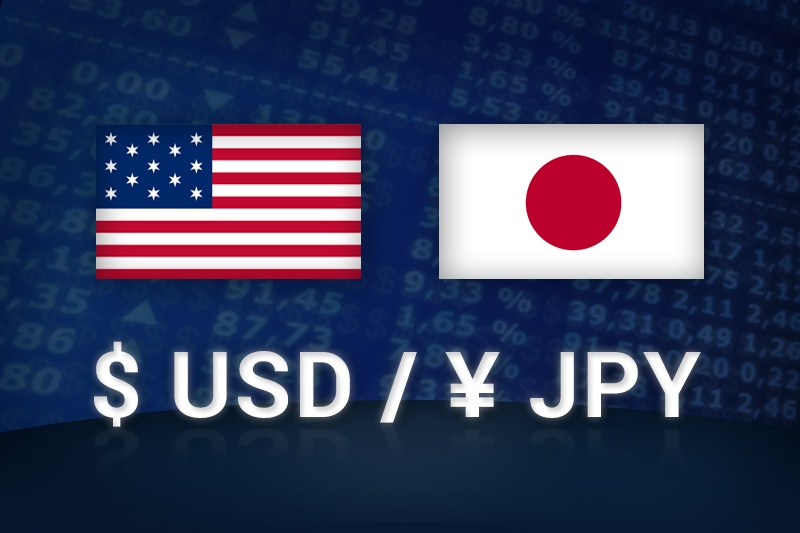Investing.com - The dollar fell against the yen on Monday as investors avoided the U.S. currency ahead of two-day Federal Reserve meeting that begins on Tuesday.
In U.S. trading on Monday, USD/JPY was trading at 82.37, down 0.15%, up from a session low of 82.12 and off a high of 82.64.
The pair was likely to find support at 81.72, Tuesday's low, and resistance at 82.83, Friday's high.
The U.S. Federal Reserve opens its last monetary policy meeting of the year on Tuesday, and market participants are expecting the U.S. central bank to either stick with current loose policies or possibly loosen them further.
The U.S. Federal Reserve is currently running a third round of quantitative easing, a monetary stimulus tool that sees the U.S. central bank buy USD40 billion in mortgage-backed securities a month from banks on an open-ended basis to spur recovery.
Such policy tools weaken the greenback.
The Fed is also running it so-called Operation Twist program, under which the Fed swaps USD45 billion a month in short-term Treasuries for long-termer U.S. government debt.
Unlike quantitative easing, Operation Twist does not expand the Fed's balance sheet.
Operation Twist is due to expire this month, and some market participants avoided the dollar on talk the Fed may let the program end and replace it with even more quantitative easing, which sent the yen strengthening against its U.S. counterpart.
Meanwhile in Japan, the country's economy watchers current index rose more than expected in November, official data revealed on Monday.
In a report, Cabinet Office said that Japan’s economy watchers current index rose to a seasonally adjusted 40.0, from 39.0 in the preceding month.
Analysts had expected the index to rise to 39.7 last month.
The yen, meanwhile was down against the pound and up against the euro, with GBP/JPY up 0.04% and trading at 132.39 and EUR/JPY trading down 0.07% at 106.58.
All eyes will remain on the Federal Reserve Tuesday and Wendesday.
Elsewhere, the U.S. will release data on its trade balance.
In U.S. trading on Monday, USD/JPY was trading at 82.37, down 0.15%, up from a session low of 82.12 and off a high of 82.64.
The pair was likely to find support at 81.72, Tuesday's low, and resistance at 82.83, Friday's high.
The U.S. Federal Reserve opens its last monetary policy meeting of the year on Tuesday, and market participants are expecting the U.S. central bank to either stick with current loose policies or possibly loosen them further.
The U.S. Federal Reserve is currently running a third round of quantitative easing, a monetary stimulus tool that sees the U.S. central bank buy USD40 billion in mortgage-backed securities a month from banks on an open-ended basis to spur recovery.
Such policy tools weaken the greenback.
The Fed is also running it so-called Operation Twist program, under which the Fed swaps USD45 billion a month in short-term Treasuries for long-termer U.S. government debt.
Unlike quantitative easing, Operation Twist does not expand the Fed's balance sheet.
Operation Twist is due to expire this month, and some market participants avoided the dollar on talk the Fed may let the program end and replace it with even more quantitative easing, which sent the yen strengthening against its U.S. counterpart.
Meanwhile in Japan, the country's economy watchers current index rose more than expected in November, official data revealed on Monday.
In a report, Cabinet Office said that Japan’s economy watchers current index rose to a seasonally adjusted 40.0, from 39.0 in the preceding month.
Analysts had expected the index to rise to 39.7 last month.
The yen, meanwhile was down against the pound and up against the euro, with GBP/JPY up 0.04% and trading at 132.39 and EUR/JPY trading down 0.07% at 106.58.
All eyes will remain on the Federal Reserve Tuesday and Wendesday.
Elsewhere, the U.S. will release data on its trade balance.
